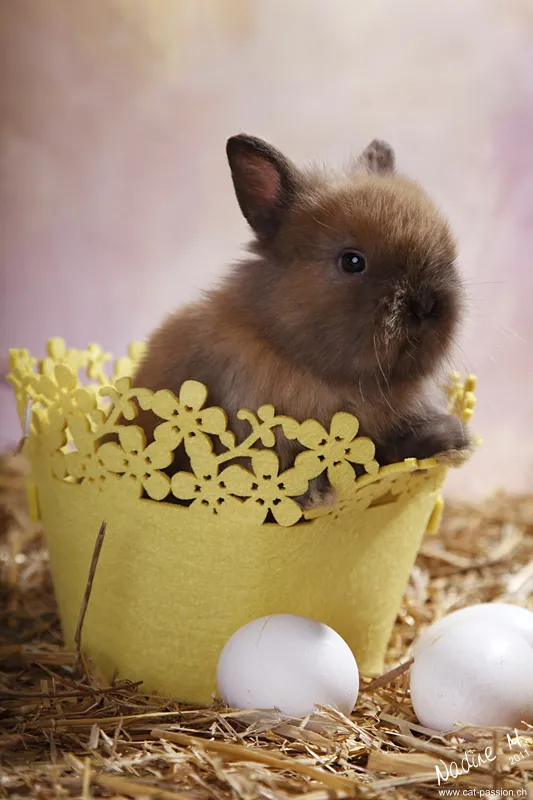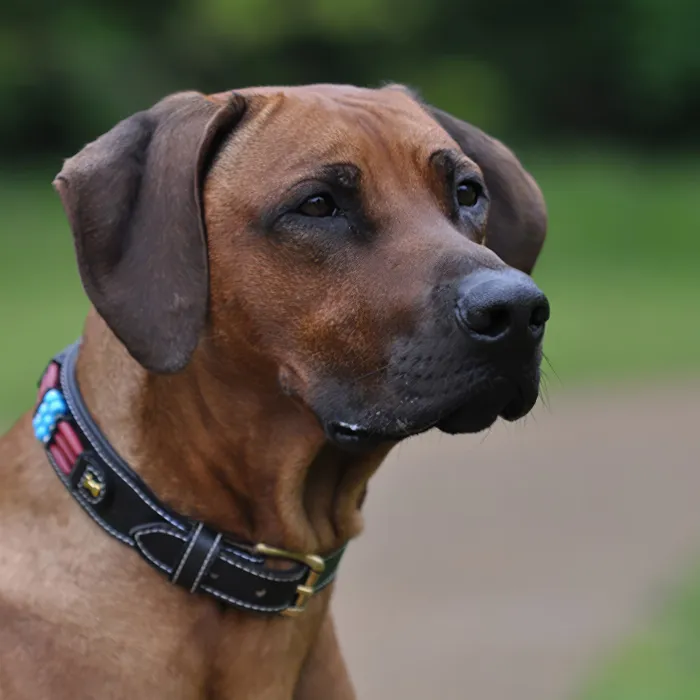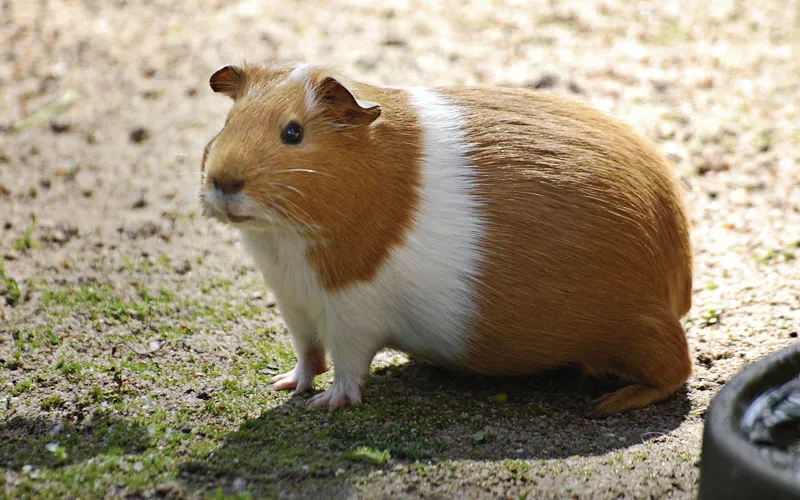
Part 9 of the tutorial series is a little shorter than the other animal shoots (cats, dogs and horses). One of the reasons for this is the fact that I relatively rarely get small animals in front of my lens. However, as I had rodents all my childhood and have enough experience in this field, I decided to give small animals their own tutorial. Here is an overview of the tutorial:
- Introduction
- Rabbits, guinea pigs and hamsters
- Ferrets
- Birds
I would like to say a big thank you to Nadine Müller from Cat Passion in Switzerland(www.cat-passion.ch). As I have very few small animal photos myself, she provided me with most of the photos shown here for this tutorial!
Isn't that cute? And just the right decoration for a little rabbit!
Photo: Nadine Müller - www.cat-passion.ch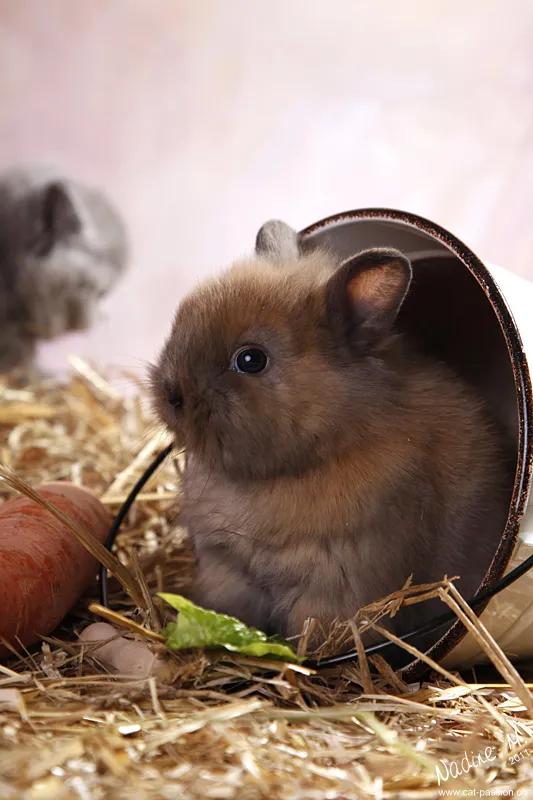
1. introduction
As already mentioned, I unfortunately don't get to photograph small animals often enough. Nevertheless, I can tell you a few things about these pretty and very photogenic creatures. I have decided to divide this tutorial into topic areas according to the respective animal species.
I would like to start with a few reports on the subject of photographing rabbits, guinea pigs, etc. I have also had several ferrets in front of my lens, so these nimble fellows will also have their own section with various tips on how to capture them well. Last but not least, I don't want to neglect the birds. I have photographed one or two of them and would like to share my knowledge with you. As soon as I have photographed more of my little companions, I will be happy to expand this tutorial section in due course.
I hope you enjoy reading it and I look forward to receiving both positive and negative criticism. Thank you once again for all the positive feedback for this tutorial series!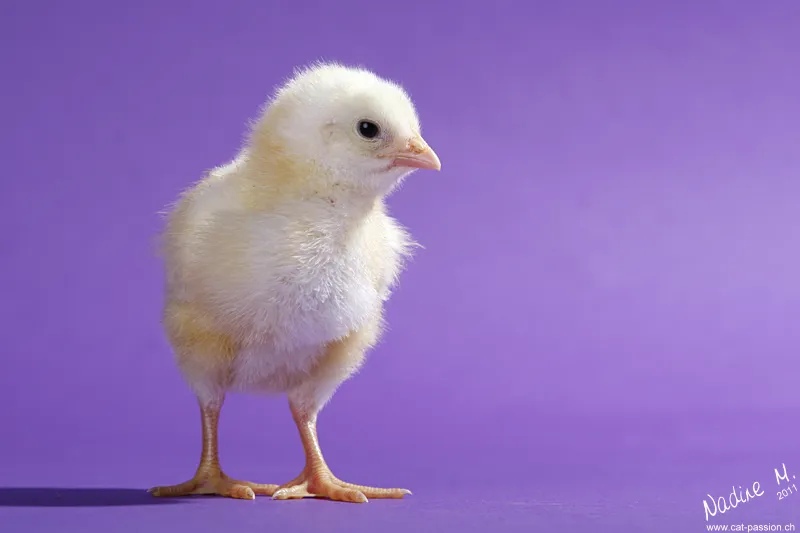
2. rabbits, guinea pigs, mice and hamsters
These funny little creatures with their big beady eyes are wonderful to photograph. No matter whether they are hopping around outside in the meadow or in their studio. As a rule, these little animals are also very good and easy to photograph. If you have calm representatives of their breed in front of you, then photographing them will be child's play. They usually sit comfortably in the decoration or in their allocated space and like to munch on a bit of greenery or a carrot.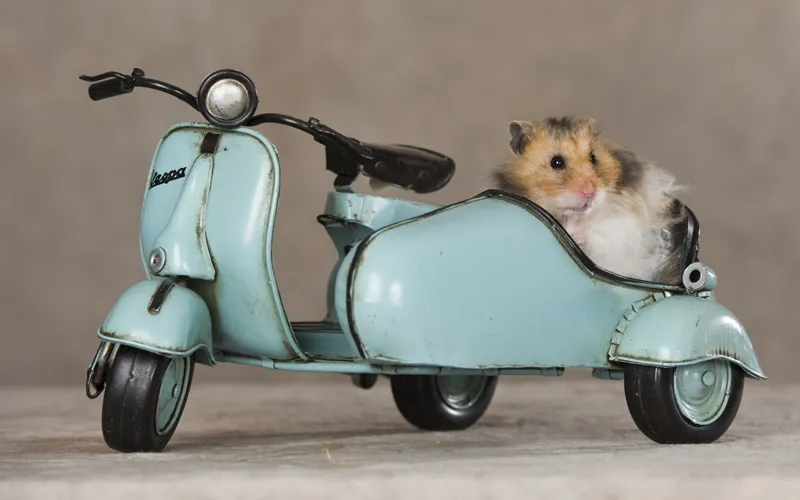
This is a great time to photograph the googly eyes.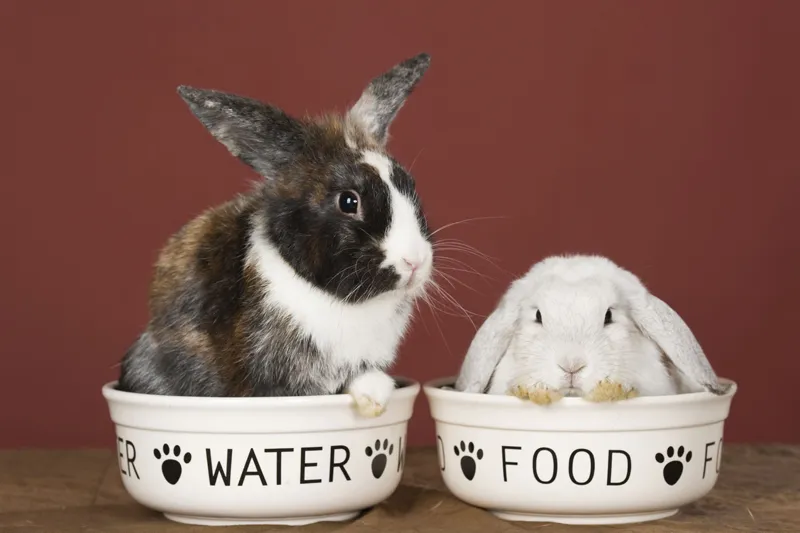
Of course, you must always bear in mind that the little furry monsters are still very vulnerable. In the studio, it is best to photograph them on the floor or in such a way that the rodents cannot fall. This could be fatal for them. You must also avoid stress at all costs. If necessary, the shoot must be aborted. Most of the rodents that visited my studio were calm and totally happy in their environment. If your rodent is happily chewing on its carrot, you can assume that it is doing well! However, if he huddles together in fear or even starts to knock threateningly, then you should not ignore these signs of stress.
If rodents live together with dogs and cats in the same household and get along, there's nothing wrong with taking photos together!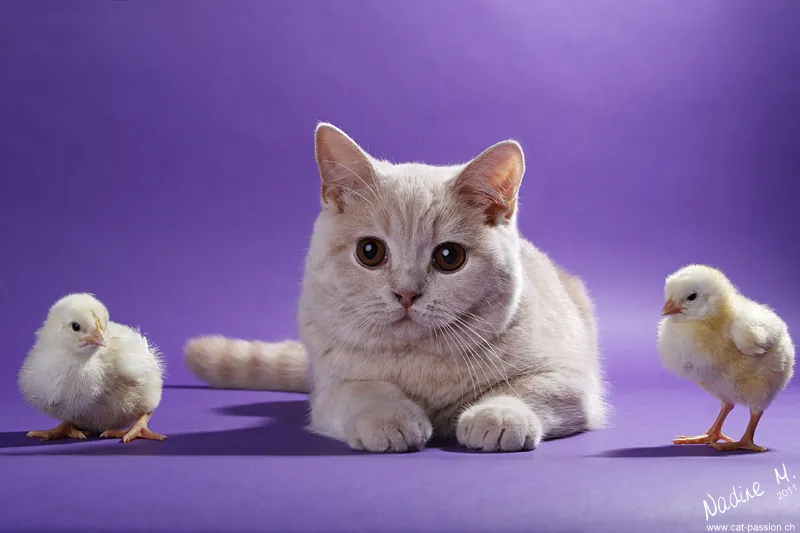
Of course, they are also twice as cute!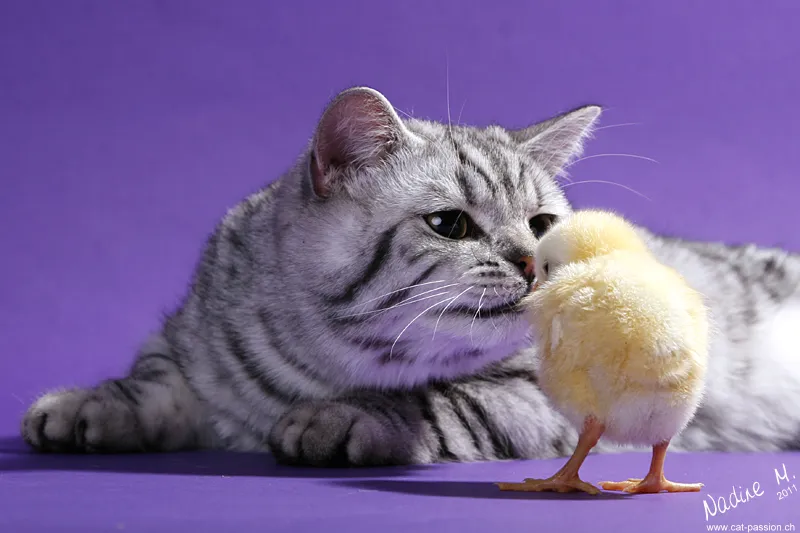
Mice, on the other hand, are of a different caliber. They are active and very agile. So it's best to give them a few places to crawl and "fix" them anyway.
Of course, you can also use a bit of greenery. A few flower pots in the background also create a great and natural environment.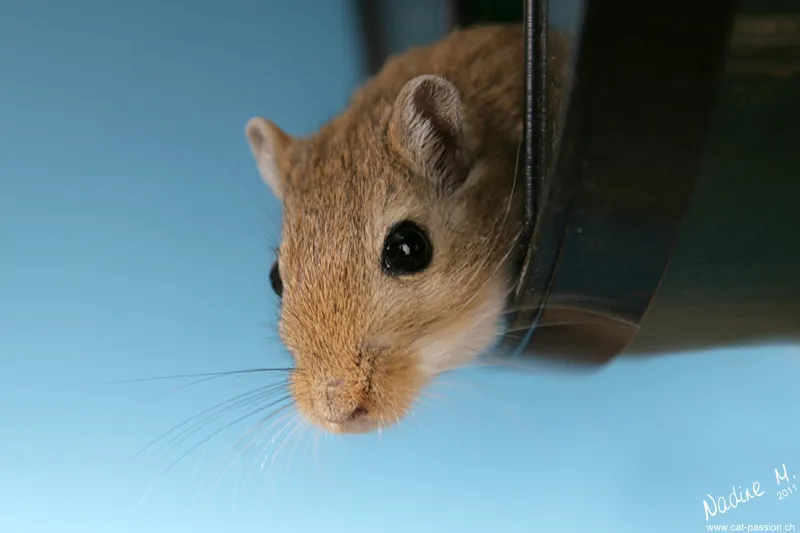
Perhaps you can let them walk over a rope or hang up a wooden swing ...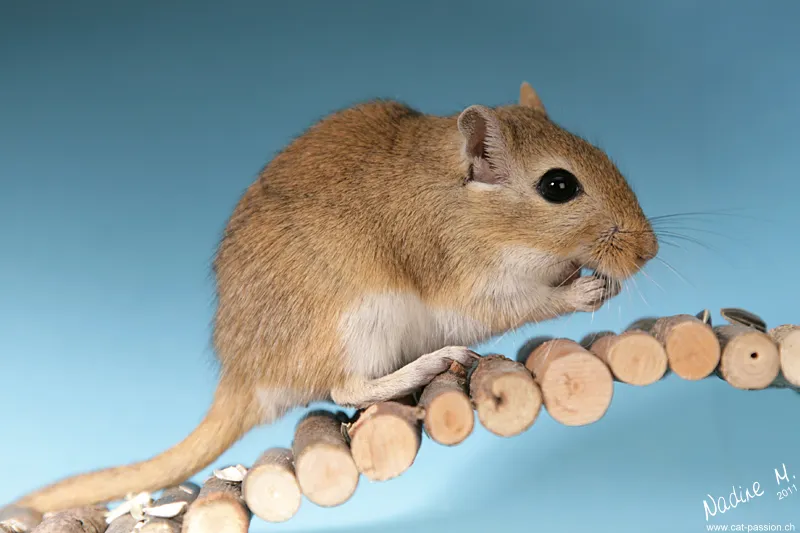
It's easy to find creative ideas here. Otherwise, simply let the mice look out of a small object. From a flower pot or other pretty decoration. I go into this in more detail in the studio tutorial.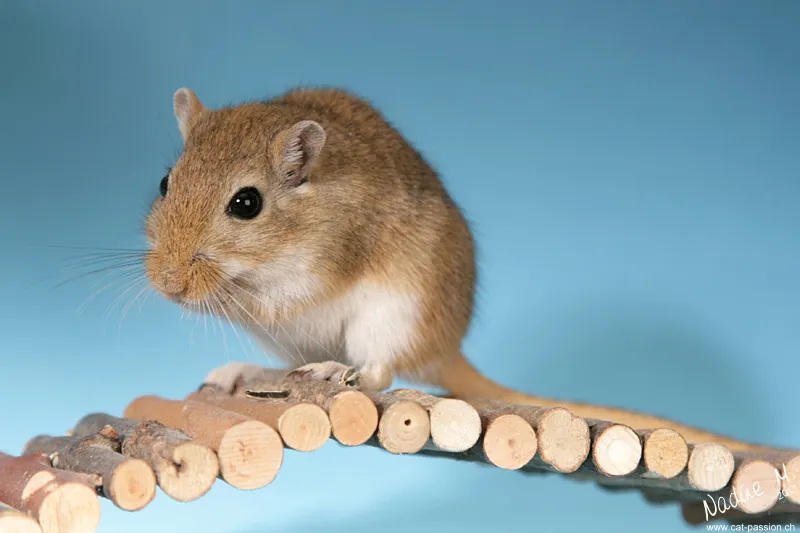
3. ferrets
Before I started photographing animals, I knew next to nothing about ferrets. Then, through my work, I was allowed to visit a ferret breeder and got to know her wonderful animals.
Since then, I have photographed more ferrets in the studio. However, I have to say that ferrets are really, really difficult to photograph and require the most patience from an animal photographer. They are agile, they hardly ever stay in one place and above all - curious as they are - they never want to stay where you put them. It doesn't matter whether they are crawling around on the studio table, the sofa at home or in the countryside. They run around like crazy. It's almost impossible to get the right moment and the right focus!
But ... almost all ferrets love multivitamin and cheese paste. So it's a great way to give them a little fix! Anything else that is edible will also give them pause for a second. But then the huge tube comes into the picture and also a very long tongue ...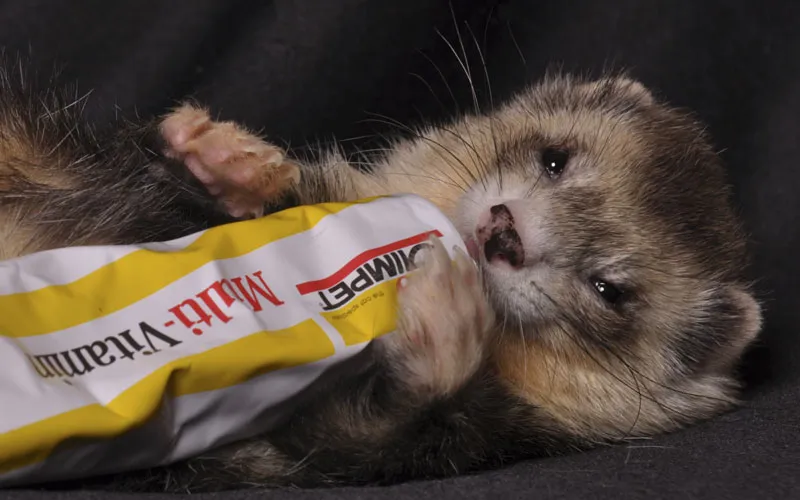
Getting two or more ferrets in one picture is probably the ultimate challenge. However, as ferrets also love to play, you can try using a feather duster or something similar, similar to cats. I have brought you a few ferret photos below.
In the pictures you can see, among other things, a doll's pram, which works well as decoration and a place to climb. Please remember that ferrets have a strong smell of their own, especially the potent males smell very strongly and mark. This means that if a horde of ferrets has run through your studio, over fabrics and decorations, they may smell very strongly. Fabrics should always be washed afterwards!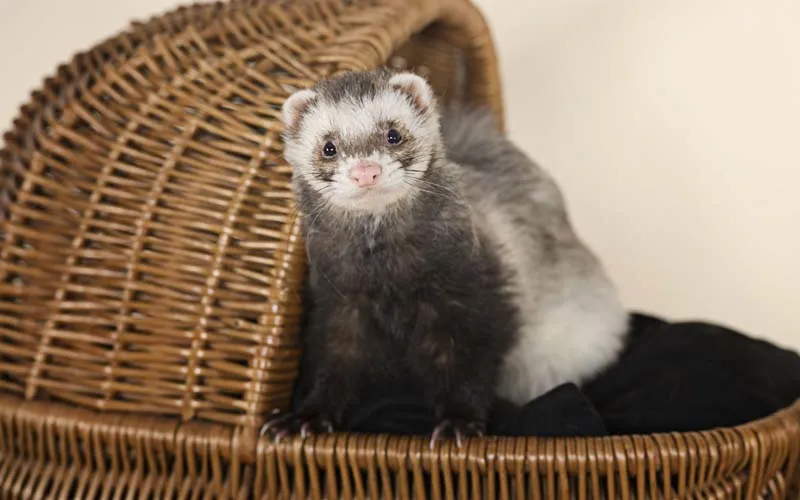
Decorative items of any kind should always be treated with a disinfectant spray after every shoot. This applies to every model, whether dog, cat, mouse or ferret ... There are infectious diseases, such as fungus, which can be transmitted in this way. You cannot be sure that every animal you photograph is healthy, even if it appears to be.
In any case, try photographing a ferret once. Every new animal you get to know with the camera expands your wealth of experience and many things you simply have to have done in practice ... you have to experience it for yourself! You will definitely have a lot of fun. You can believe me on that. Even if it does require a lot of patience. But remember your cheese paste!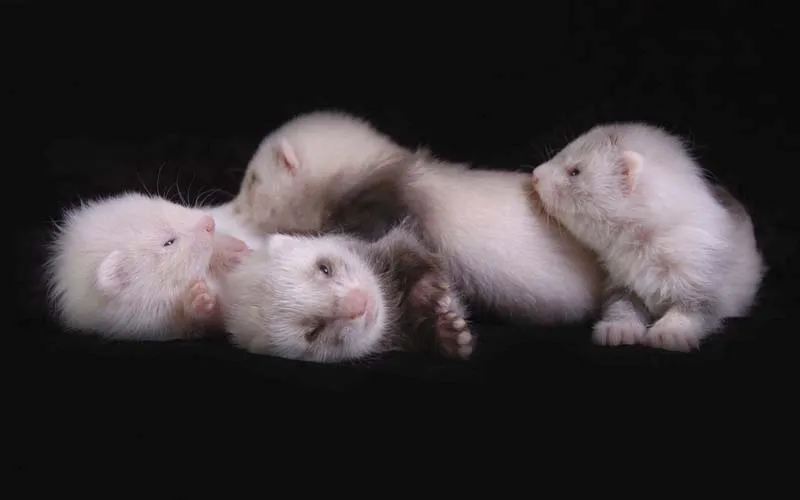
4. birds
As the last point in this tutorial, I would like to talk about birds. These animals are also a wonderful motif, and not just at the zoo. Unfortunately, very few people come up with the idea of having their feathered pets photographed. But perhaps you have friends or acquaintances who have a bird (please don't get me wrong) or even a parrot that you could try photographing. The large Arap parrots in particular are certainly one of the most beautiful animal motifs you can imagine. It makes a photographer's heart smile!
Every now and then I have the pleasure of photographing a bird at my customers' homes. They are usually kept in large aviaries where they are easy to photograph. These feathered friends are definitely worth a visit with your camera. As a rule, they are easy to photograph and observe their surroundings with curiosity. One or two feathered candidates may get too close to you.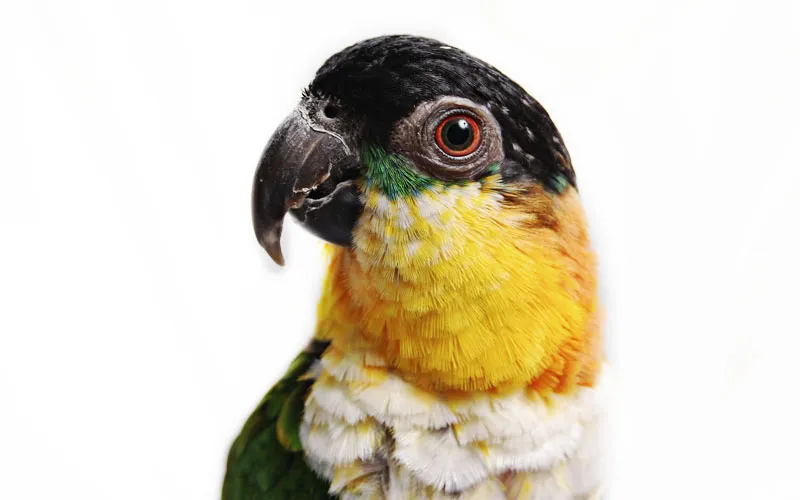
As already described in another tutorial, this parrot wanted to give me a good thrashing after I photographed it and bit me hard. His roommates, who can be seen in the picture below, have to be very careful of him. Little devil. Nevertheless, it was worth the effort. I would really love to have the pleasure of photographing birds more often.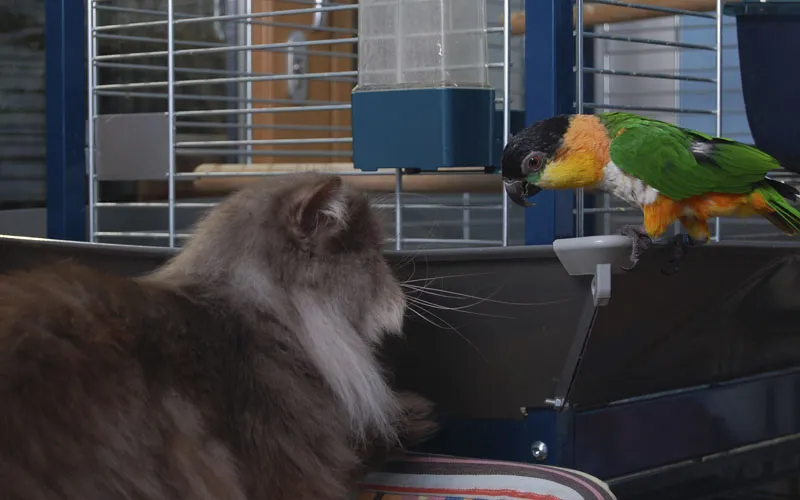
In any case, you'd have a bird if you didn't give it a try! I would like to bid you farewell with a few delightful photos by my colleague Nadine Müller from www.cat-passion.ch.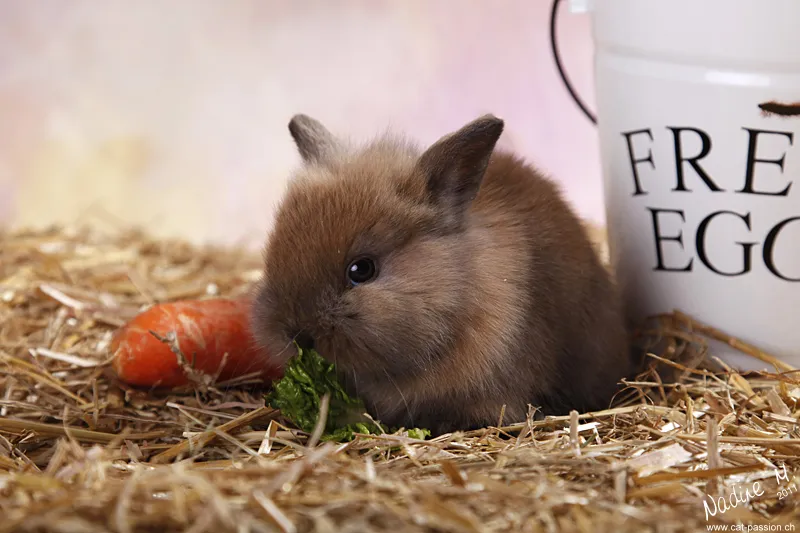
I hope you enjoyed the tutorial ...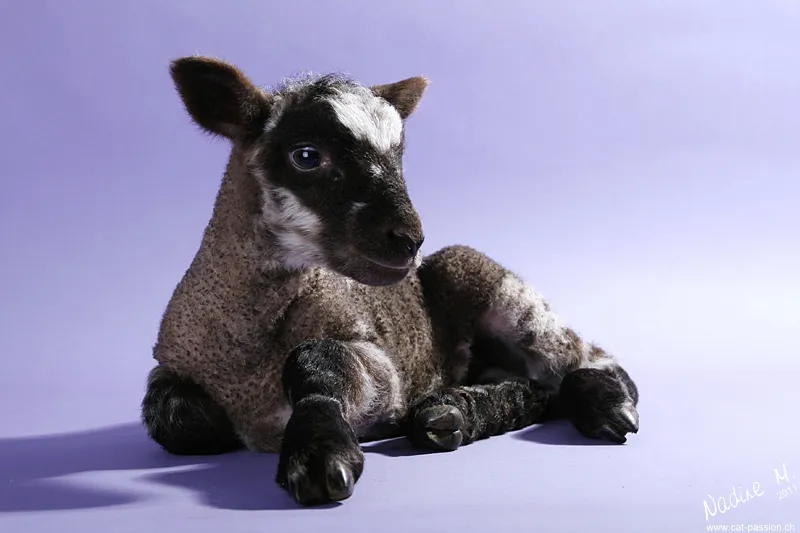
... and you will be inspired by the cute beady eyes and nimble ferrets in your small animal photography!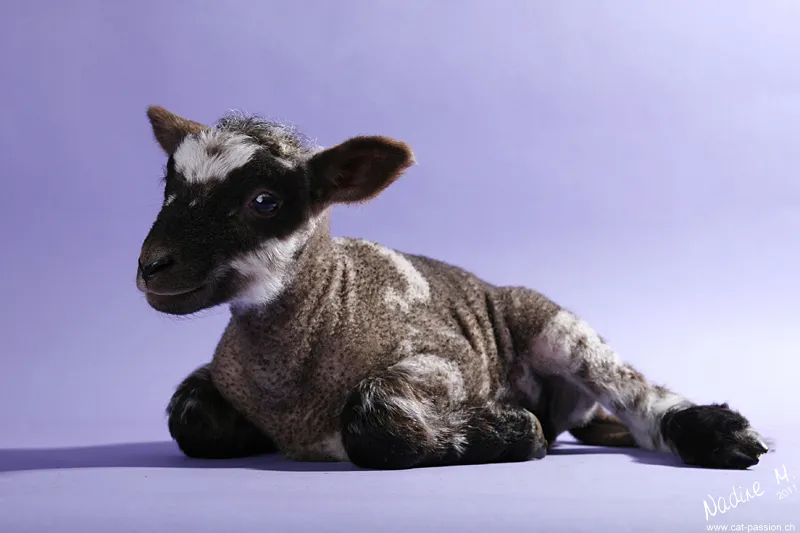
Best regards
Nicole Schick
www.tierfotografie-mit-herz.de